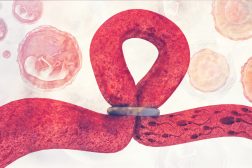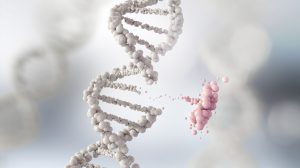Definition
noun
A biological system of sex determination as observed in the Hymenopteran species (e.g. ants and bees) where unfertilized haploid eggs develop into males and fertilized eggs, into females
Supplement
The sex-determination system, as the name implies, determines the sexual characteristics of an organism. The sex of an organism may be determined internally (genetic) or externally (e.g. by environmental and social variables). In most species, sex determination is determined genetically, i.e. male or female based on the sex chromosomes. Chromosomal systems include XX/XY sex-determination system, Y-centered sex determination, X-centered sex determination, X0 sex-determination system, ZW sex-determination system, and haplodiploidy.
Haplodiploidy is a biological system of sex determination where unfertilized haploid eggs develop into males and fertilized eggs, into females. It is observed in the Hymenopteran species (e.g. ants, bees, and wasps). For instance, the queen honeybee would have three types of offspring based on their social function: female worker bees, male drones, and the new queen bee. Female worker bees and the new queen bee develop from fertilized eggs and are therefore diploid. However, the female worker bees would be sterile. The unfertilized eggs develop into male drones through parthenogenesis, and are haploid individuals.
Haplodiploidy is also seen in thysanopterans (‘thrips’), and in some spider mites, Hemiptera, Coleoptera (bark beetles), and rotifers.
See also:
Related form(s):







